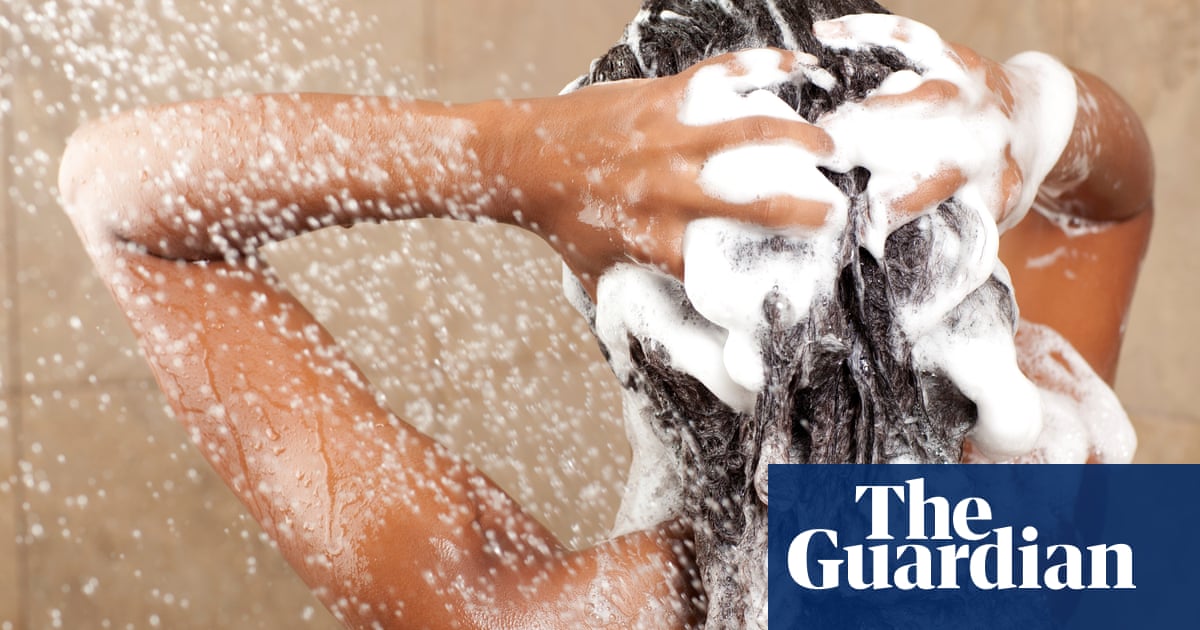Swapping a feeble dribble for a powerful blast might seem like an environmental indulgence when it comes to taking a shower, but researchers say it might actually save water.
Water consumption has become a key area of environmental concern given shortages of the resource, as well as the carbon footprint associated with its collection, treatment, supply and – in the case of most showers – heating.
Now experts say they have discovered that showers with a higher pressure are associated with a lower consumption of water, while a timer in the shower could also help.
“While the adoption of low-flow equipment might be a valuable strategy for enhancing shower efficiency and moving towards net zero, it should not be the sole focus,” the researchers report.
The research, which is available as a preprint but has not yet been peer-reviewed, involved the team installing sensors in 290 showers around the University of Surrey campus. In total, they gathered data on the duration of 86,000 individual showers.
The researchers found that while some showers were very long, the average duration was 6.7 minutes. Half of the showers took between 3.3 and 8.8 minutes.
“We excluded any showers over one hour, but believe me, they happened,” Ian Walker, a co-author and professor of environmental psychology at the University of Swansea, noted in a post on X.
By combining the duration of each showering event with the shower’s flow rate, the team were able to calculate the amount of water involved in each use. The results reveal that at any given flow rate, higher-pressure showers were associated with lower water consumption.
Walker told the Guardian that while low flow-rate showers simply delivered less water than high flow-rate showers, high-pressure showers resulted in lower consumption because they were turned off sooner than low-pressure showers.
“The best of all worlds is high pressure, low flow,” he said.
The team also found that having a visible timer in the shower could bring further benefits by preventing shower times from gradually increasing over the weeks.
Overall, the team found that showers with both high pressure and timers used on average about 17 litres of water, whereas those with low pressure and no timer used nearly 61 litres per shower. “A smart timer helped reduce water consumption by up to 53% with middling water pressures,” the team wrote.
However, the study – which appears to have had industry feedback – has limitations, including that it is not clear to what extent the findings would hold in domestic settings.
The team add that further research is needed to investigate why increasing water pressure reduces consumption, and explore the point beyond which higher pressure no longer produces savings in water use.
“Higher-pressure showers were definitely shorter,” said Walker. “The open question is really: why is it shorter? Is it that it just rinses products off quicker? Is it that it’s more satisfying, and you feel clean quicker?”
Cameron Brick, an environmental psychologist at the university of Amsterdam, who was not involved in the study, said one strength of the research was that it collected objective data on water use, but he reiterated that it was unclear why high pressure was linked to shorter showers.
“This evidence is from comparing between people, rather than comparing within individuals,” he added. “One next step could be to change water pressure within the same households, which would provide additional evidence for these policy recommendations.”
∎